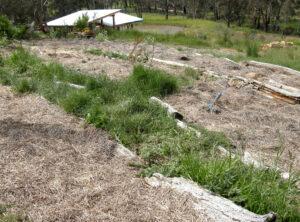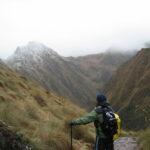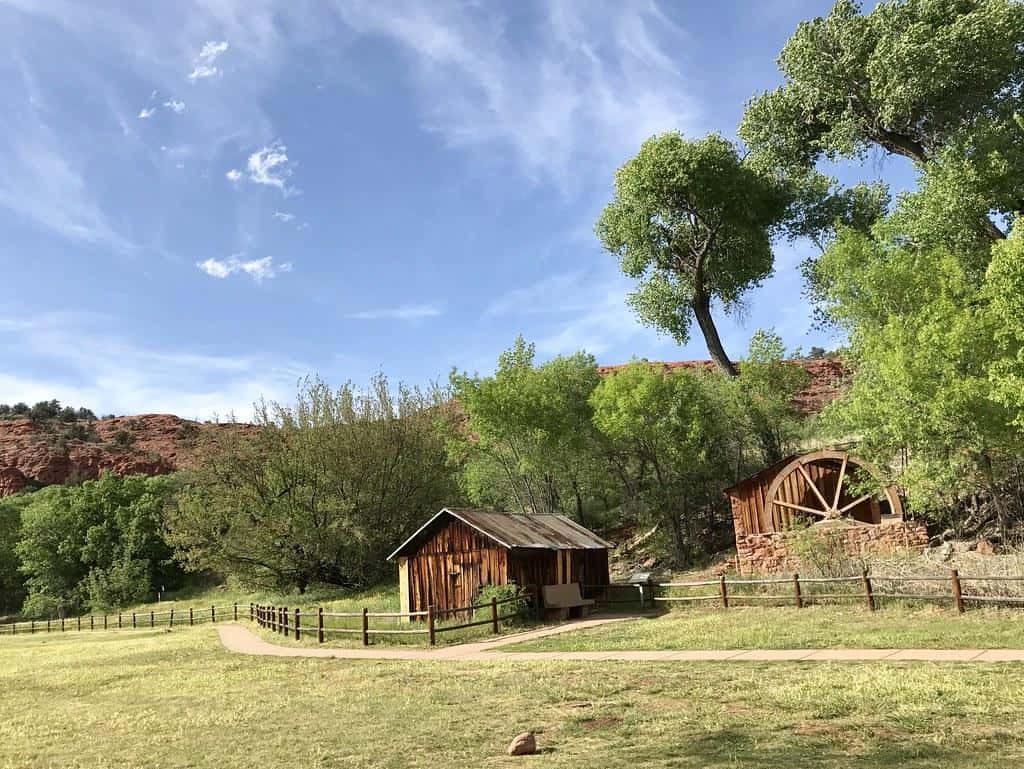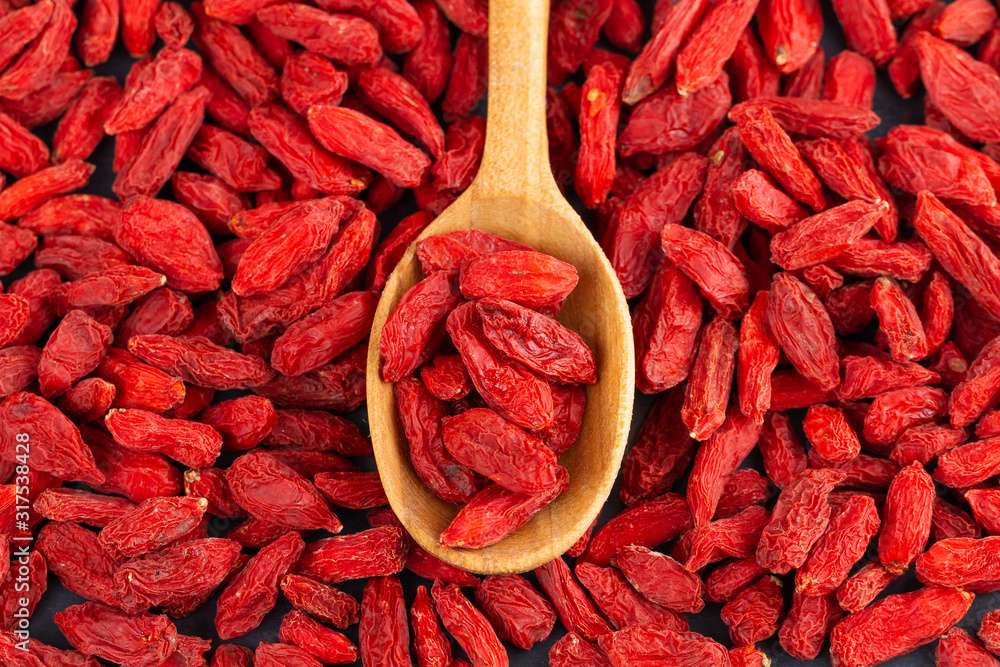A food forest is an excellent way to create a sustainable and diverse food production system in your backyard. A food forest is a perennial agroforestry system, which incorporates various plants such as fruit trees, shrubs, herbs, vegetables, and ground cover, all grown in a way that mimics the structure and function of a natural forest ecosystem. Planning and designing your own food forest can seem overwhelming at first, but with a little bit of research and planning, you can create a thriving food system that is both productive and ecologically sustainable.
Design Your Food Forest
Step 1: Choose the Right Location

The first step in planning a food forest is to choose the right location. You will need a spot that gets plenty of sunlight, has good soil, and is accessible for maintenance. The location should also be large enough to accommodate your food forest plans. It’s a good idea to observe the site for a few days to see how much sun it gets, how well it drains, and how much wind it receives.
Step 2: Determine Your Objectives
Once you have chosen the right location, you need to determine your objectives for the food forest. What do you want to achieve? Do you want to produce fruit, nuts, vegetables, or all of the above? Do you want to create a wildlife habitat or provide shade and shelter? Your objectives will help you decide what plants to grow, how to design the forest, and how to manage it.
Step 3: Design the Forest
The next step is to design the food forest. You can create a design on paper or use software to create a digital plan. Your design should incorporate the following layers:
Canopy layer: This layer includes the tallest trees in the forest. They provide shade, protection from wind, and habitat for birds and other wildlife.
Sub-canopy layer: This layer includes smaller trees, shrubs, and bushes that provide additional shade and produce food.
Herbaceous layer: This layer includes plants that grow low to the ground, such as herbs, groundcovers, and vegetables.
Root layer: This layer includes plants with deep roots that help to improve soil structure and moisture retention.
Vertical layer: This layer includes plants that grow vertically, such as vines and climbing plants.
Fungal layer: This layer includes mushrooms and other fungi that help to break down organic matter and improve soil health.
Your design should also include paths for easy access, areas for seating, and any other features you want to include, such as a pond or bird bath.
Step 4: Choose Your Plants
The next step is to choose the plants you want to include in your food forest. Your choice of plants should be based on your objectives, the design of the forest, and the local climate and soil conditions. You can choose a mix of fruit trees, shrubs, and bushes, as well as herbs, vegetables, and groundcovers.
When choosing your plants, it’s important to consider their growth habits, their preferred soil conditions, and their nutrient requirements. You should also consider the plant’s lifecycle, whether it’s deciduous or evergreen, and whether it’s self-fertile or needs a pollinator.
Step 5: Prepare the Soil
The success of your food forest will depend on the health of the soil. Before planting, you should prepare the soil by adding organic matter such as compost, manure, or leaves. You should also test the soil pH to ensure it’s within the appropriate range for your plants. If necessary, you can adjust the pH by adding lime or sulfur.
Step 6: Plant Your Forest
Once you have designed your food forest and prepared the soil, it’s time to start planting. When planting, make sure to follow the design plan and plant your trees, shrubs, and other plants in their designated locations. You should also consider the spacing between each plant and allow for enough room for each plant to grow to its full size. It’s a good idea to plant in groups, as this can help with pollination and create a more natural-looking forest.
Step 7: Maintain Your Forest
Maintaining your food forest is important to ensure it thrives and continues to produce food. You will need to water your plants regularly, especially during the first few years when they are becoming established. You may also need to add mulch to help retain moisture and suppress weeds.
Pruning and shaping your trees and shrubs is also important, as this will help to improve air circulation and sunlight penetration, leading to healthier plants and better fruit production. It’s also a good idea to monitor your forest for pests and diseases and take action if necessary.
In addition, you should consider adding beneficial insects, such as ladybugs and lacewings, to your forest, as they can help control pests naturally.
Creating your own food forest can be a rewarding and sustainable way to produce your own food while also benefiting the environment. By following these steps, you can plan and design a food forest that is tailored to your specific needs and objectives. With a little bit of maintenance, your food forest can provide you with fresh, healthy food for years to come.
Keywords: Food forest, agroforestry, sustainable food production, permaculture, ecosystem, biodiversity, plant selection, soil health, maintenance, organic gardening.
Check out our Novel Writing Workbooks
Check out Little Tree Food Forest for articles on food forests and homesteading.
Check out FoodieScapes for articles on growing, fermenting and preserving food
Check out StoryScapes.World for articles on writing.
Subscribe to our newsletter to get information delivered to your inbox on homesteading, growing food, food preparation, travel, fishing, and more.











